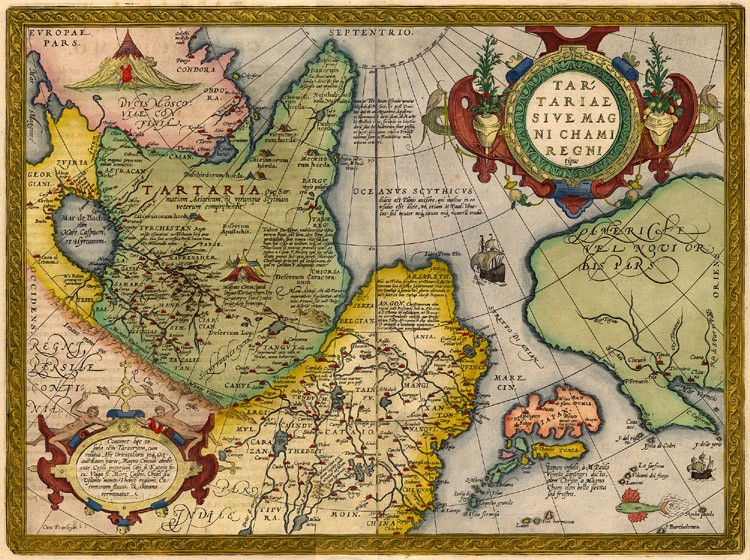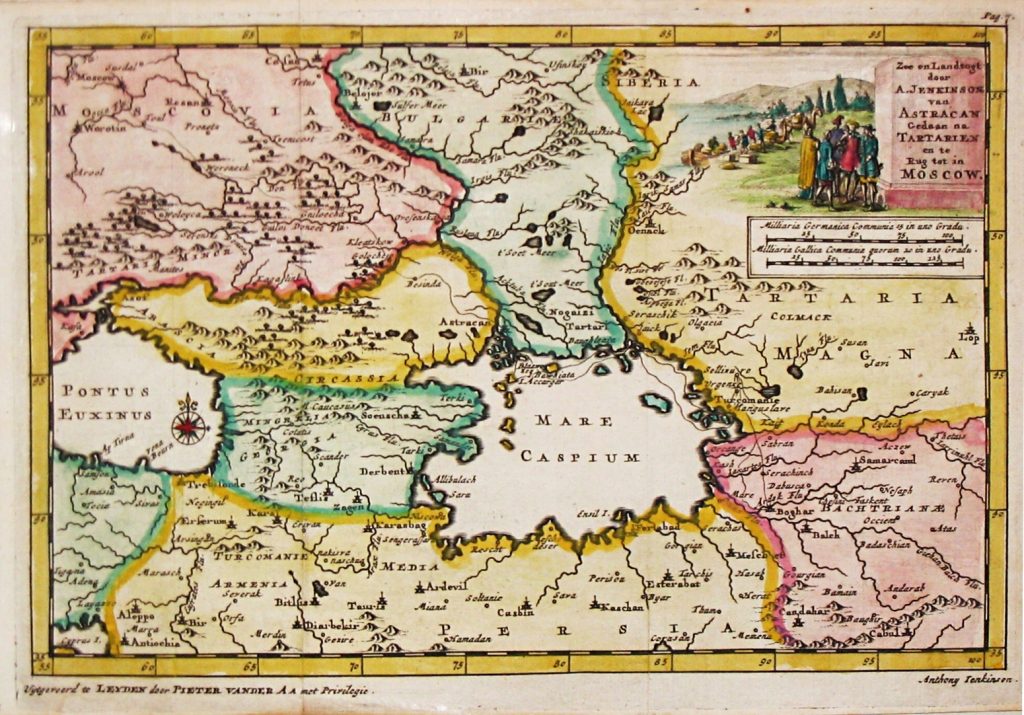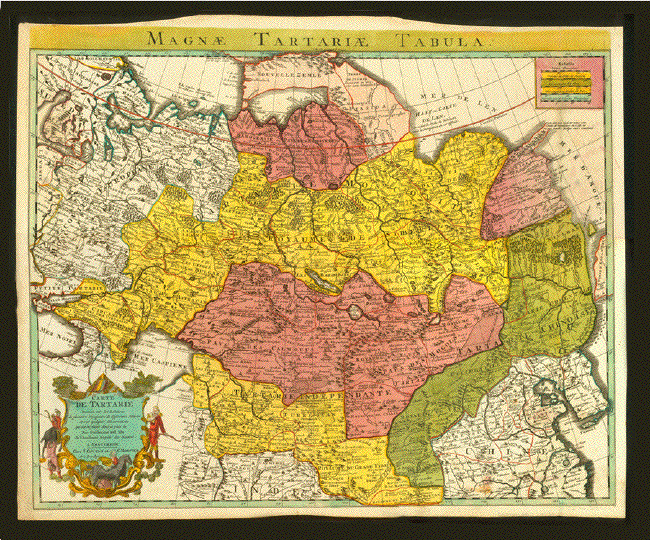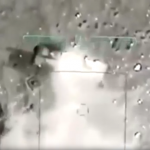The Russian Federation is a vast territory that the current Kremlin elite runs and develops highly inefficient. Significant natural resources are located far from the federal center and, actually, all of them, except the strategic mineral reserves, have been given to uncontrolled by Moscow local elites. It creates preconditions for economic separatism in Siberia, the Urals and the Far East.
The economic separatism in Russia has nothing to do with local peoples. In this context, ethnic Russians who, for a variety of reasons, do not feel themselves in a single socio-economic space with the federal center act as autonomists and separatists.
The Siberian economic separatism trends alike are observed in the Urals, although the level of resistance to the Kremlin here is significantly lower. First of all, we talk here about attempts to create the Ural Republic. In 1993 the Ural Republic existed for several months until it got sharp reaction of the Kremlin. The republic was created and supported by local elites demanding from Moscow more economic independence and income redistribution in favor of the region. They printed own currency, the Ural francs; at the Institute of Philosophy and Law they wrote the Constitution of the Ural Republic; they adopted a flag and other symbols. Just like in Siberia, the ethnic Russians who did not identify themselves with the rest of the Russian ethnos and felt themselves culturally and mentally in a different way were staked on.
Due to the socio-economic history of the region settlement the Ural residents see themselves as Russians in a different way. Initially, the Ural Republic was created as a part of the Sverdlovsk region that was characterized by a high level of heavy industry development and deposits of vanadium, bauxite, chrysotile asbestos, iron ores, refractory clays, nickel ores, precious metals, chemical raw materials mining, raw gemstones. The Greater Ural Republic as part of the Sverdlovsk, Perm, Chelyabinsk, Orenburg and Kurgan regions, was one of the variants considered. The negotiations were held at the level of regional elites, and this idea got positive response.
According to the latest estimates of representatives of local elites, at the beginning of Ural secession political campaign one can get almost 20% of the votes immediately. Like 20 years ago the main thesis is incommensurability of the living standard in the Urals and Moscow despite significant economic resources in the region.
A much tenser situation is observed in Primorye. The region is the most remote from the European part of Russia. The population has been long reoriented to strengthening socio-economic ties with China, Korea and Japan. At the same time, local elites have a more significant influence on the processes than the federal center.
Just like in Siberia and the Urals, the inhabitants of the Far East feel their self-identity and do not identify themselves with the ones living in the European part of Russia. In the 1990s, the federal center actually neglected the region that aggravated dissatisfaction with Moscow’s policy and made the Russian population move to the European part of Russia and abroad. Most of them who stayed got a social stereotype of a negative attitude towards any form of the state interference in the life of citizens. People in many places in the Russian Far East have formed a frontier consciousness. That is why, for example, the activity of the Primorsk Partisans group (a small group of young people who murdered law enforcement officers allegedly to protect population) was also separatist-colored at a certain period. A significant number of the regional population is engaged in semi-legal (shadow) small business, smuggling, “black” gold mining, illegal and semi-legal valuable fish catch. Any federal center’s attempt to get one of these areas under control faces tough opposition from local elites who are supported by the population. At the same time, the separatism idea raises immediately.
There is a social distance between Russian youth and the values of the European part of Russia. Most of the young people are focused on trips and vocations in the countries of the Pacific region. There are less and less people who have been to the European part of Russia. Therefore, the region is getting out of cultural touch with the Russian Federation as well.
Separatist movements in the Far East were active back in the 90s; however, by 1995 the Kremlin had managed to reach an agreement with the local elites. In fact, Moscow turned a blind eye to regular violations and shady business in exchange for loyalty. However, hardly the century started the Kremlin changed its approach and decided to spread all-Russian rules on this territory.
In 2008, Vladimir Putin decided to introduce anti-crisis legislation in order to support the Russian car industry by increasing import duties on foreign cars. This step was followed by mass protests in Vladivostok. A significant number of the population works in importing used foreign car from Japan. This type of business is traditional for the region and helped Vladivostok to survive in the 90s. It evolves many categories of the population; the number of cars per 1,000 people is the highest among all regions of Russia. In 2008 alone, 534,000 cars were brought to Russia through the Primorsk customs.
The issues of separatism and so-called Far Eastern Republic creation were sounded during the economic and social protest. In some places people raised flags of Japan; all cars in the region got a sticker ‘Left-hand drive = Far Eastern Republic’ (there is a high share of right-hand drive cars imported from Japan, while the left-hand drive is used in the rest of Russia), local elites and politicians have become more active. As a result, mass rallies of thousands were brutally dispersed by the Moscow police special forces. The Kremlin did not trust the local police and that is why it used the Moscow-controlled police units. The protest was brutally suppressed. However, we estimate that the rally turned local population against the federal center even more.
The arrest of the governor of the Khabarovsk Territory, Sergei Furgal, detained by the federal center in 2020, caused one more significant burst of separatist sentiment. The actions of this politician were vividly populist. At the same time, according to local experts, his rating in the region was nearly the same as of Vladimir Putin’s. The mass actions in Khabarovsk may be connected with interdepartmental struggle and the activity of the group controlling Russian military intelligence. Initially, the protest mainstreamed the personality of Furgal, but later on it changed for separatist mood. The protests went far beyond the Khabarovsk Territory and spread all over other regions, including Siberia. We estimate that the economic separatism of Primorye, Siberia and the Urals has huge potential and the sentiments will become stronger. In a meantime, the activity will intensify locally every time when the Kremlin decides to interfere in the regional affairs. Every new burst will expand the protest geography and increase the number of secession supporters. Among the factors preceding the situation development are the following:
– succession of generations and absence of youth-federal center and youth-single Russian community identification. The economic power building up in the region of China and Korea will facilitate here;
– deterioration of the social and transport infrastructure conditions in most settlements and depopulation in rural areas. It will increase the protest electorate and make economic separatism socially based.
– the Kremlin has no objective information about the situation in remote regions. In particular, we are talking about shady leaders, shady employment that often cover entire sectors, and social situation. It makes and will make Moscow take ineffective decisions regarding the situation in remote regions
– further growth of influence of local elites and their total control over the region. At the same time, further merging of organized crime groups, law enforcement agencies and legal economic local corporations will happen to be. Such entities will actually run the region and in case of their interests’ infringement they may go toe-to-toe with the federal center.
– growth of popularity of nationalist and separatist movements among autochthonous peoples because of the Kremlin’s ineffective regional policy. It will make local elites try to build a system of checks and balances with indigenous leaders based on the distribution of influence spheres. At the same time, the Kremlin will act as one enemy for both groups.
– increase of the security forces’ informal fiscal pressure on the regional business. As of now, in the Russian Federation there is a model of receiving a small percentage from income and business deals. During the economic crisis the informal payment amount decreases due to difficulties commercial structures are faced with. At the same time, the law enforcement and security agencies, mainly, at the federal level, try to maintain the level of income and in some cases increase the percentage. It is resulted in protests in the business environment. As of remote regions, it may ultimately make business support separatist movements.
We believe that under certain conditions the economic separatism of the remote from Moscow areas can be also supported by Asian states, in particular, China. The practice shows that this is the Chinese business that is closely linked with the regional corporations controlling the law enforcement and security agencies, criminal groups, media and officials.








